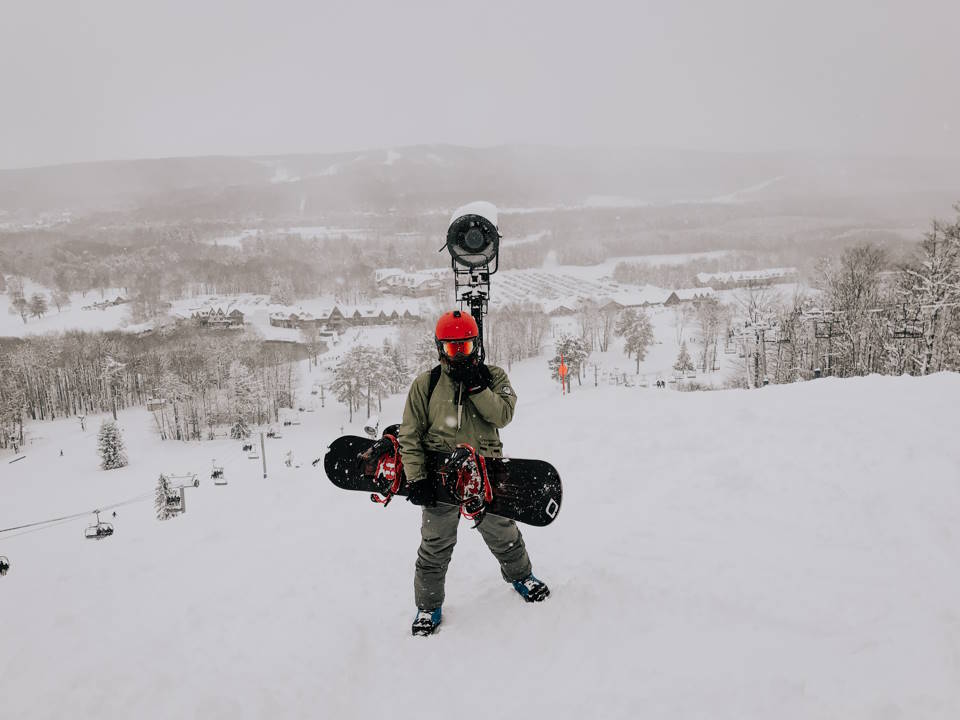Are you gearing up for the winter season and excited to hit the slopes? Snowboarding is an exhilarating sport that requires the right equipment and technique to truly enjoy. In this blog post, we will cover everything from choosing the right snowboard to mastering the art of balance and executing smooth turns on the snowboard. We’ll also discuss the importance of setting up your bindings correctly to ensure a safe and enjoyable experience on the mountain. Whether you’re a beginner or looking to improve your skills, this post will provide valuable tips and advice for snowboarding enthusiasts of all levels.
Choosing The Right Snowboard
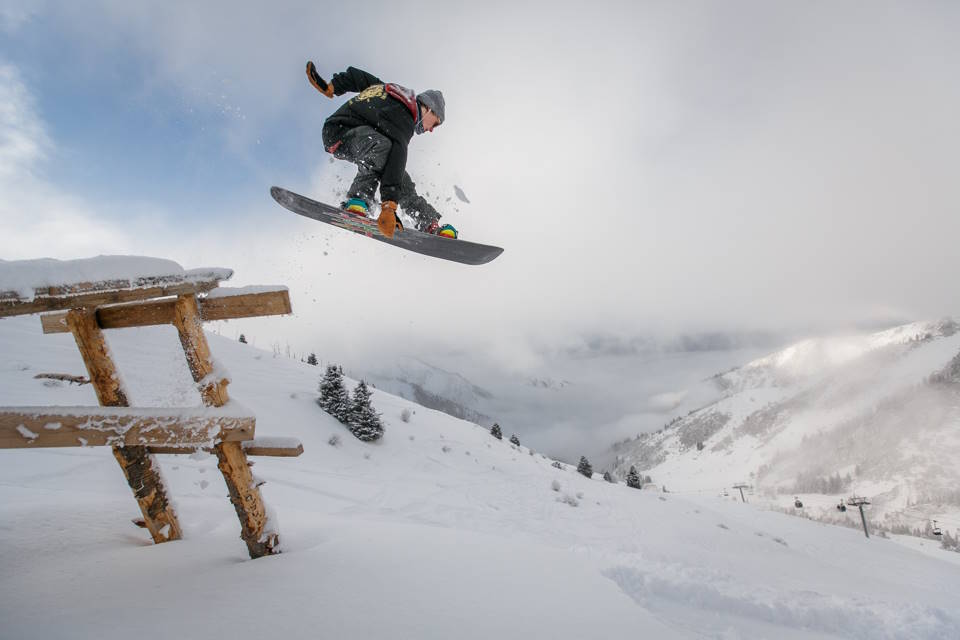
Choosing the right snowboard is essential for a successful and enjoyable snowboarding experience. With so many options available in the market, it can be overwhelming to make the right choice. But fear not, fellow snowboard enthusiasts, as I’m here to guide you through the process and help you find the perfect board that suits your needs and style.
Firstly, before diving into the world of snowboards, it’s important to determine your riding style and skill level. Are you a beginner looking to learn the basics? Or are you an experienced rider looking for something more advanced? Identifying your skill level will narrow down the selection and ensure you choose a board that matches your abilities.
Next, consider the type of terrain you’ll be riding on. Do you prefer cruising down groomed slopes, carving through fresh powder, or hitting the terrain park for tricks and jumps? Different snowboards are designed for different types of terrain, so it’s crucial to align your board choice with the kind of snowboarding you enjoy.
- Freestyle: If you’re into tricks and jumps, a freestyle board is the way to go. These boards are shorter, lighter, and more maneuverable, making them perfect for park riding and aerial tricks.
- All-Mountain: If you enjoy a bit of everything, an all-mountain board is the jack-of-all-trades. These versatile boards can handle a variety of terrain and are ideal for riders who like to explore different parts of the mountain.
- Freeride: For those who crave off-piste adventures and deep powder, a freeride board is what you need. These boards are longer and stiffer, providing stability and float in deep snow.
Lastly, don’t forget about the board’s size and flex. Board size is determined by your weight, height, and riding style. A shorter board offers better maneuverability, while a longer one provides more stability at high speeds. Flex refers to the board’s stiffness, and it varies based on your riding style and personal preference.
So, my fellow snowboard enthusiasts, remember that choosing the right snowboard is all about understanding your riding style, skill level, terrain preference, and considering factors like size and flex. With the right board in hand, you’re bound to have a thrilling and enjoyable time on the slopes!
| Freestyle | All-Mountain | Freeride |
|---|---|---|
| Shorter and lighter | Versatile | Longer and stiffer |
| Perfect for tricks and jumps | Handles various terrain | Ideal for off-piste and powder |
| Maneuverable | Explores different parts of the mountain | Offers stability and float in deep snow |
Setting Up Your Bindings Correctly
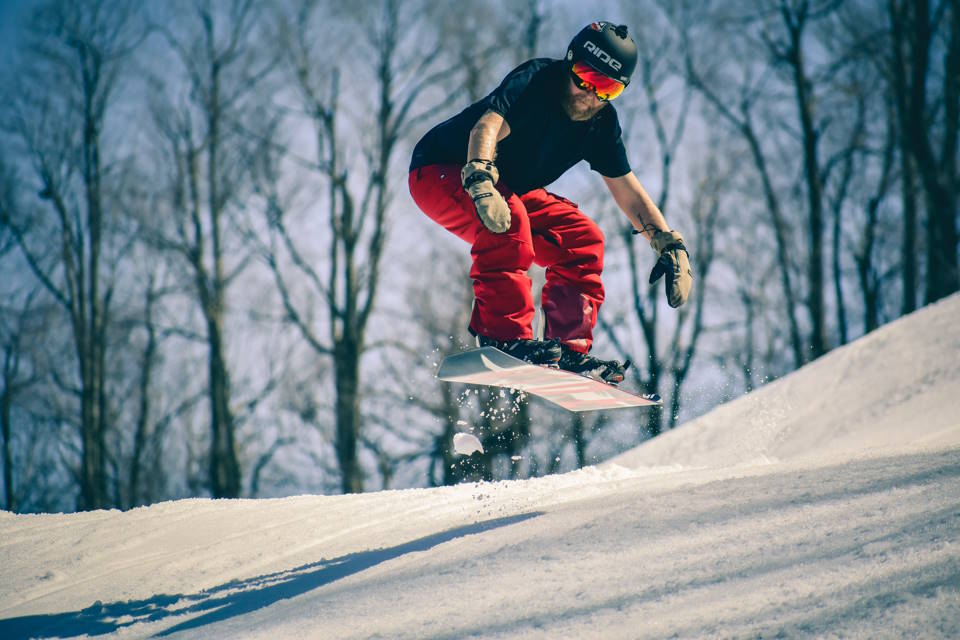
Setting up your bindings correctly is crucial for a successful day on the slopes. Whether you’re a beginner or an experienced snowboarder, having your bindings properly adjusted can greatly improve your performance and comfort level. So, let’s dive into the world of bindings and discover how to set them up like a pro!
First and foremost, it’s important to choose the right bindings for your snowboard. There are different types of bindings available, such as strap bindings, rear entry bindings, and step-in bindings. Each type offers its own set of advantages and disadvantages, so make sure to do your research and find the one that suits your riding style and preferences.
Once you’ve selected your bindings, it’s time to mount them onto your snowboard. Start by placing your snowboard on a stable surface, with the base facing upwards. Next, locate the inserts on your board. These are the metal or plastic discs where your bindings will attach. The inserts are typically positioned in a “stance width” pattern, which determines the distance between your bindings.
- To begin with, establish your stance width. This refers to the distance between your bindings and plays a vital role in your balance and control. You can determine your ideal stance width by measuring the distance between your snowboard boots’ heel and toe for a comfortable and natural feeling.
- Once you have your stance width figured out, it’s time to set the angle of your bindings. The angles at which your bindings are positioned can greatly impact your riding style. For beginners, it is recommended to start with a duck stance, where both the front and back foot are angled slightly towards each other. This helps with stability and easy maneuverability.
- After setting the angle, you can now adjust the highback of your bindings. The highback is the vertical part of the binding that supports your calves. It should be positioned in a way that aligns with your riding style. If you’re more into freestyle riding, a forward-leaning highback provides better flexibility. On the other hand, if you’re into carving and all-mountain riding, a more upright highback offers increased control and precision.
| Benefits of Correctly Set Up Bindings: | Common Mistakes to Avoid: |
|---|---|
| 1. Enhanced Performance: Having your bindings correctly set up allows for better control, responsiveness, and overall performance on the snowboard. | 1. Improper Stance Width: Choosing an incorrect stance width can lead to discomfort, instability, and lack of balance. |
| 2. Comfort and Support: Properly adjusted bindings offer maximum comfort and support, reducing the risk of foot fatigue and potential injuries. | 2. Incorrect Binding Angles: Setting the binding angles too aggressively or too conservatively can hinder your ability to execute turns effectively. |
| 3. Personalized Feel: Each rider has their own preferences and riding style. Correctly setting up your bindings allows you to customize your setup for a personalized feel. | 3. Neglecting Highback Adjustment: Failing to adjust the highback according to your riding style can impact your control and limit your ability to maneuver smoothly. |
Mastering The Art Of Balance
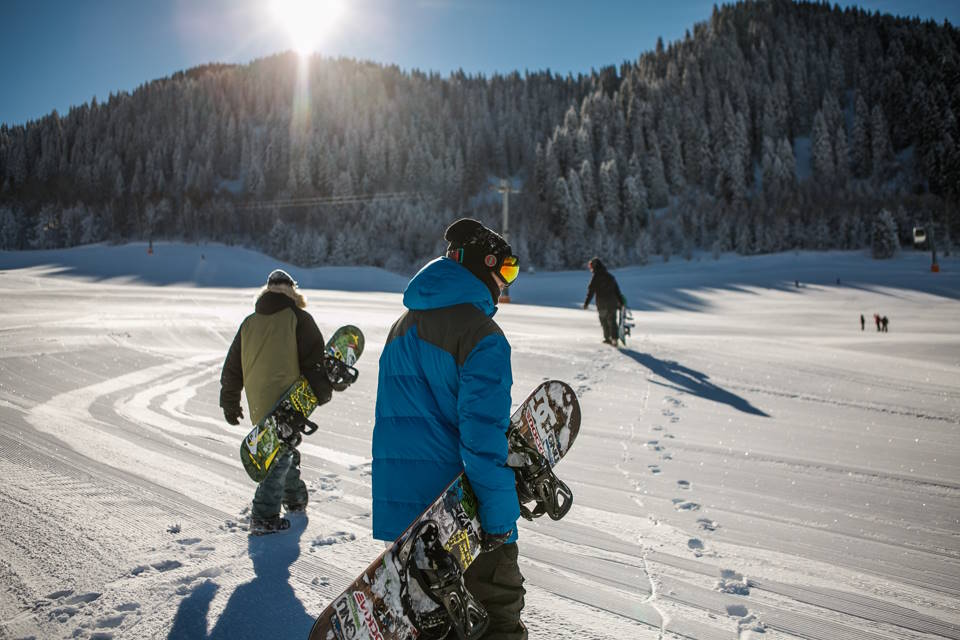
Are you ready to take your snowboarding skills to the next level? One essential skill to master is the art of balance. Balancing on a snowboard can be a bit tricky, but with some practice and the right techniques, you’ll be able to ride with confidence and control. In this blog post, we’ll give you some tips and tricks to help you master the art of balance on your snowboard.
To begin, it’s important to understand the concept of balance on a snowboard. Your body position and weight distribution play a crucial role in maintaining balance. Keep your knees slightly bent, your back straight, and your weight centered over the board. This will help you maintain stability and control while riding.
- Find the sweet spot:
Every rider has a sweet spot, which is the optimal position on the snowboard for balance and control. To find your sweet spot, start by standing with your feet shoulder-width apart on a flat surface. Jump up and land with your feet slightly wider apart. Pay attention to how your body feels and where your weight is naturally centered. This is likely your sweet spot. Remember this position and try to recreate it when riding.
| Tip 1: | Shift your weight: |
|---|---|
| Being able to shift your weight is crucial for maintaining balance on a snowboard. Practice shifting your weight from your front foot to your back foot and vice versa. This will help you adjust your balance and control your movements. Try doing this while riding on flat terrain first, before moving on to more challenging slopes. | |
| Tip 2: | Use your core: |
| Your core muscles are essential for maintaining balance on a snowboard. Engage your core by pulling your belly button in towards your spine. This will help stabilize your upper body and prevent unnecessary movements that can throw off your balance. Remember to keep your core engaged throughout your ride. |
Another important aspect of balance is your arm position. Keep your arms relaxed and slightly bent at the elbows. Don’t let them swing wildly or hang limply by your sides. Use your arms for counterbalance and keep them in a natural position that feels comfortable.
Lastly, practice, practice, practice! Balancing on a snowboard takes time to master, so don’t get discouraged if you don’t progress as quickly as you’d like. Be patient with yourself and keep practicing your balance exercises. Before you know it, you’ll be effortlessly gliding down the slopes with grace and confidence.
Executing Smooth Turns On Snowboard
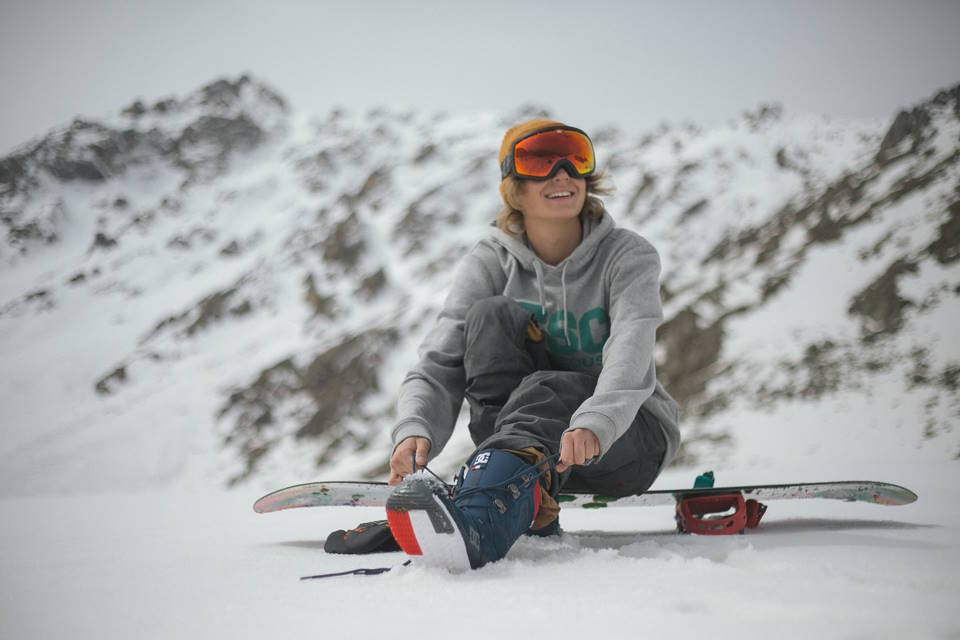
Snowboarding is an exhilarating sport that allows you to glide down snowy slopes with style and grace. One of the key skills every snowboarder must master is executing smooth turns. Whether you’re a beginner or an experienced rider looking to improve your technique, understanding the proper way to turn on a snowboard is essential for a fun and enjoyable ride.
When it comes to executing smooth turns, the first thing to consider is your body position. Balance is key when snowboarding, so make sure to keep your weight centered and evenly distributed between both feet. Leaning too far back or too far forward can throw off your balance and make it difficult to turn smoothly.
Next, you’ll want to focus on your footwork. Position your front foot angled slightly forward and your back foot perpendicular to the board. This setup allows for better control and maneuverability when turning. As you begin the turn, shift your weight onto your front foot while simultaneously pressing down on your toes or heels to initiate the turn.
- Keep your eyes focused on where you want to go, as your body tends to follow your gaze. This will help you maintain a steady line and avoid unnecessary jerks.
- Try to maintain a relaxed and flexible stance as you execute the turn. Tensing up or being too rigid can hinder your ability to flow smoothly through the motion.
- As you complete the turn, remember to gradually shift your weight back to center in preparation for the next turn. This will ensure a seamless transition between turns and maintain your balance.
Lastly, practice makes perfect! Don’t be discouraged if your turns aren’t initially as smooth as you’d like them to be. Keep trying and experimenting with different techniques, and soon enough, executing smooth turns on a snowboard will become second nature.
| Benefits of Smooth Turns |
|---|
| 1. Enhanced Control: Smooth turns give you greater control over your snowboard, allowing you to navigate terrain and obstacles with ease. |
| 2. Speed Management: By turning smoothly, you can effectively manage your speed on the slopes, preventing you from going too fast or losing control. |
| 3. Style and Fluidity: Smooth turns are not only functional but also add a stylish and fluid element to your riding, making you stand out on the mountain. |

